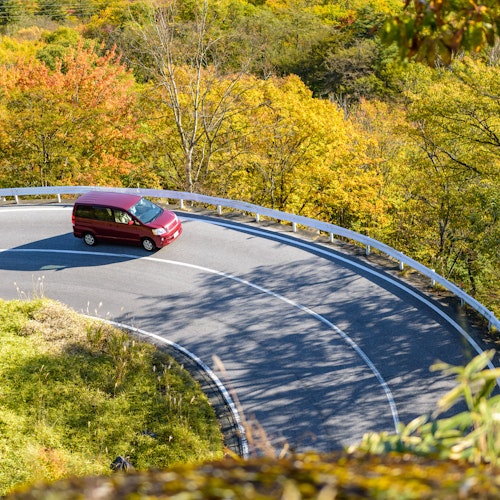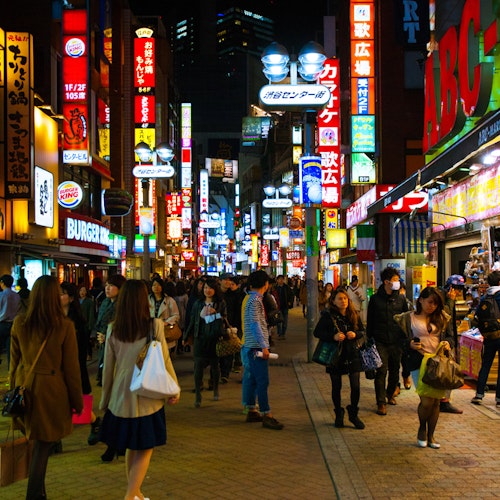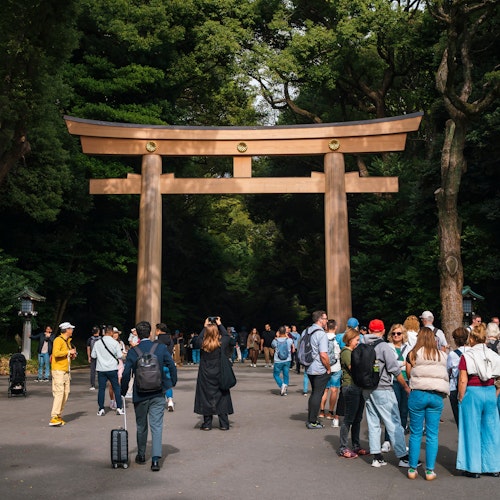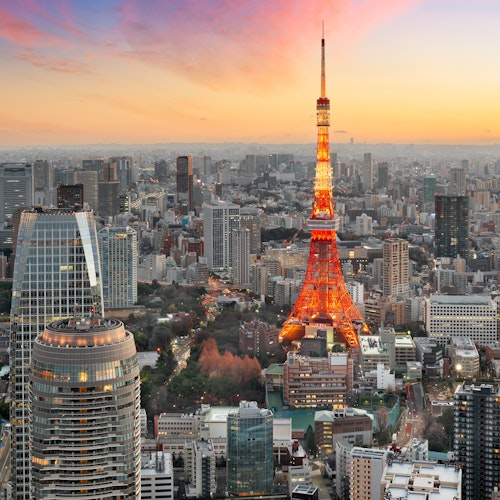
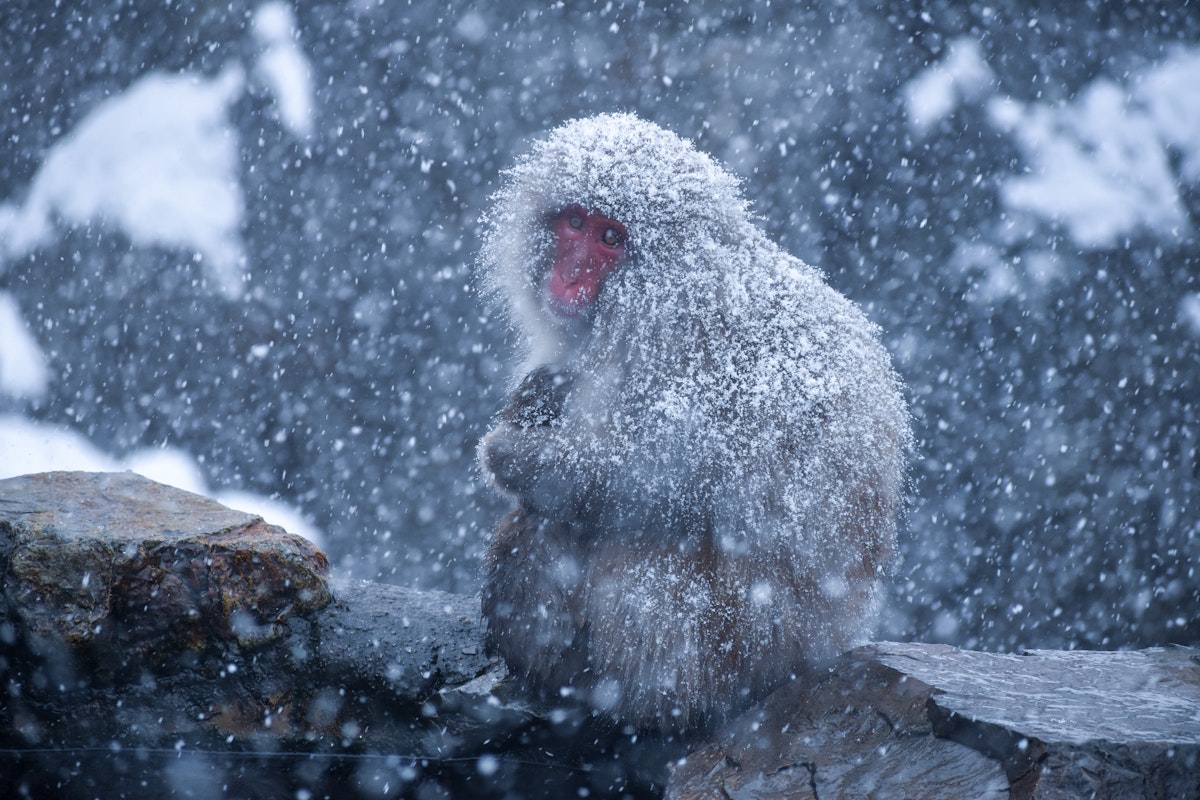
Imagine a serene winter landscape where snow gently falls over cliffs and frozen ground. Amid this picturesque setting, you see Japanese macaques soaking blissfully in steaming hot springs.
Known as snow monkeys, these wild Japanese macaques have captured the hearts of travelers and photographers worldwide. In the northern part of Nagano Prefecture, Japan, the Jigokudani Monkey Park offers visitors a rare chance to see these fascinating creatures in their natural habitat.
This guide delves into everything you need to know about snow monkeys in Japan—where to find them, how to get there, and tips to make the most of your visit.
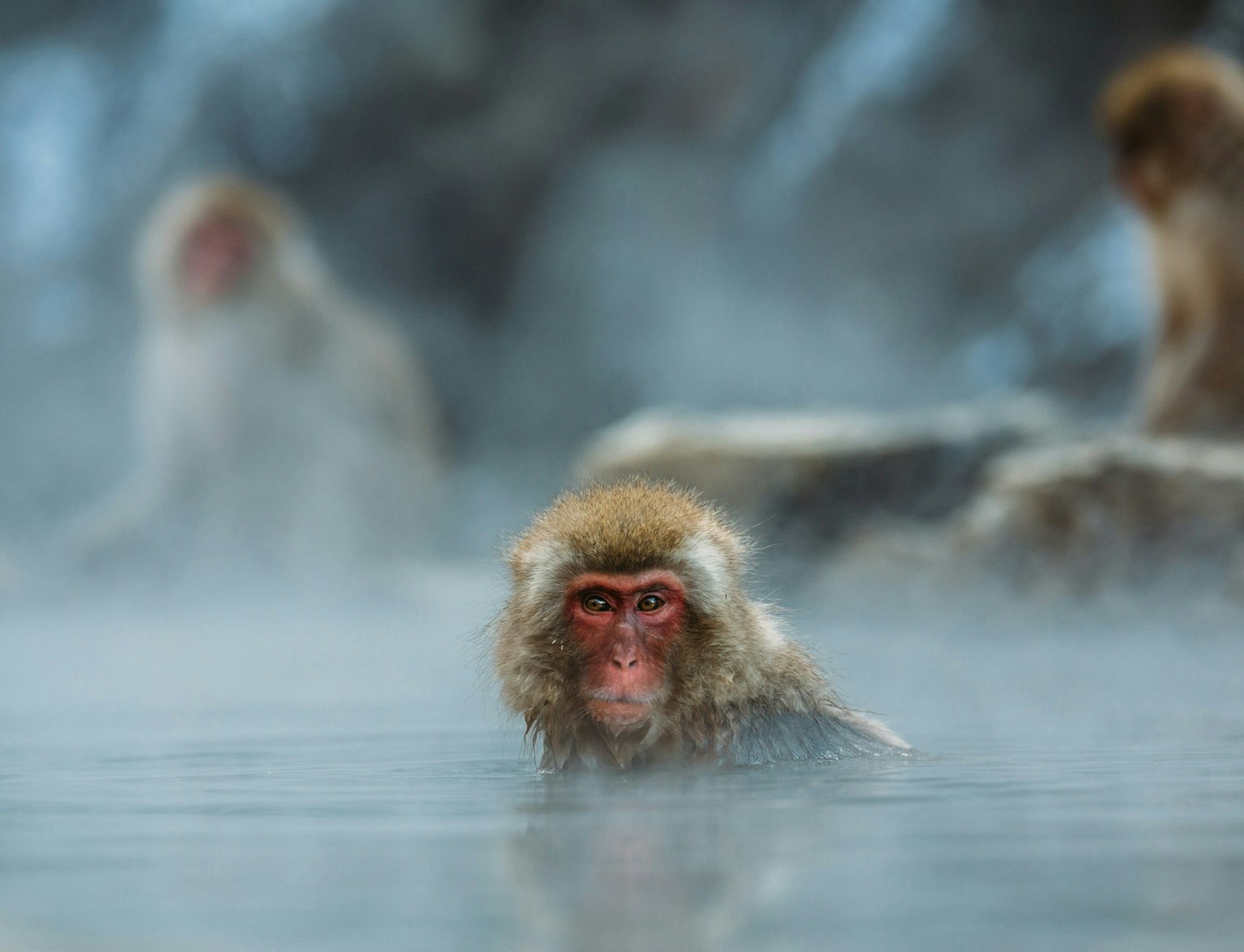
Observe the famous snow monkeys in their natural hot spring habitat.
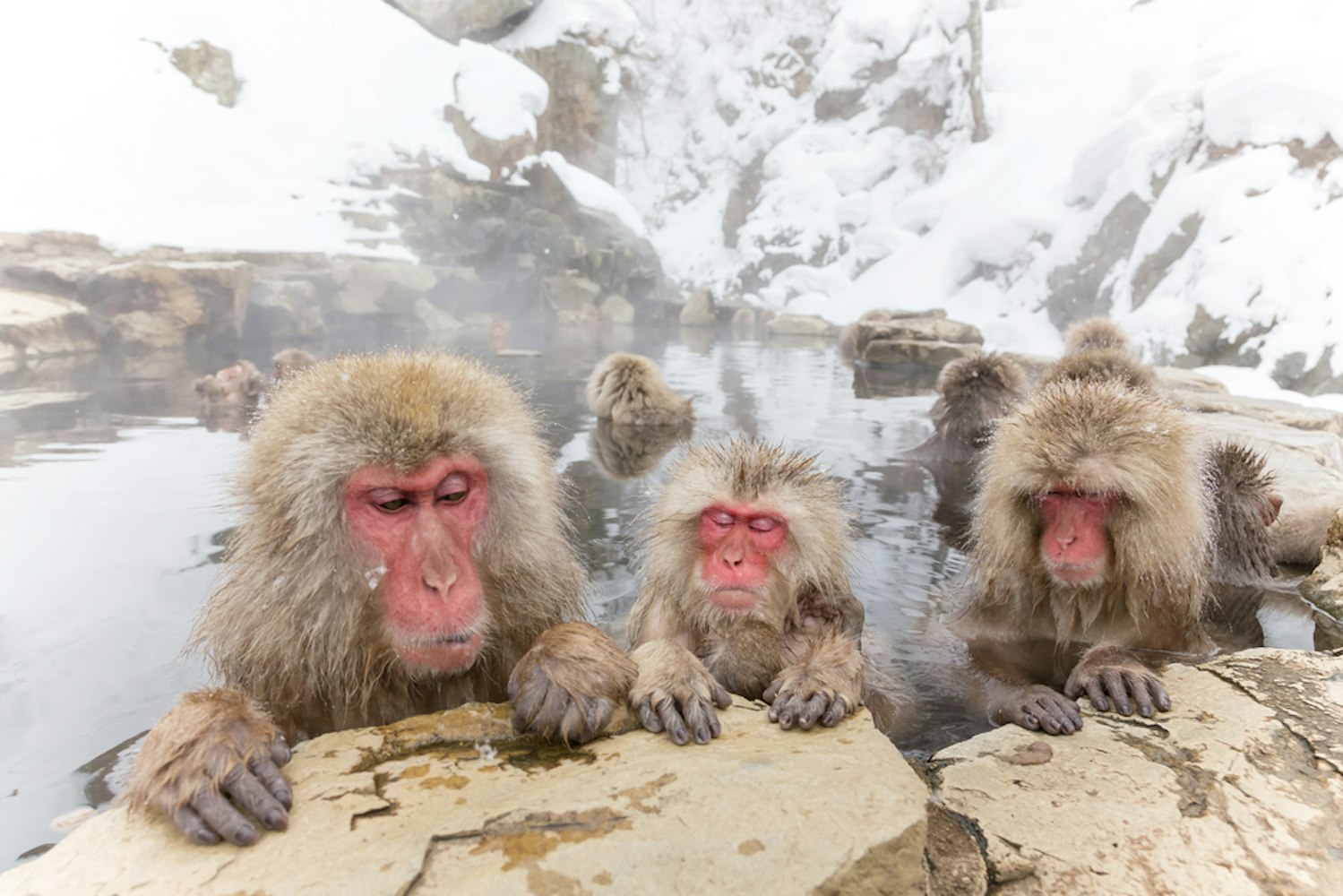
The Jigokudani Monkey Park (地獄谷 野猿 公 苑), often referred to as Snow Monkey Park Japan, is the only place in the world where wild Japanese macaques bathe in natural hot spring baths. Located in the aptly named Hell Valley (Jigokudani), this park is famous for its cliffs, steaming hot springs, and the antics of bathing monkeys.
Unique Behavior: In the 1960s, snow monkeys began bathing in hot springs to escape the freezing winter temperatures. This unusual behavior has made them one of Japan's most famous monkeys.
Year-Round Access: While winter is the most iconic season to visit, the park is open year-round. Warmer seasons reveal lush forests, and the monkeys remain active regardless of the time of year.
Close Proximity: The park is near the Shiga Kogen Ski Resort and Nagano City. It is easily accessible via public transportation or a scenic hike.
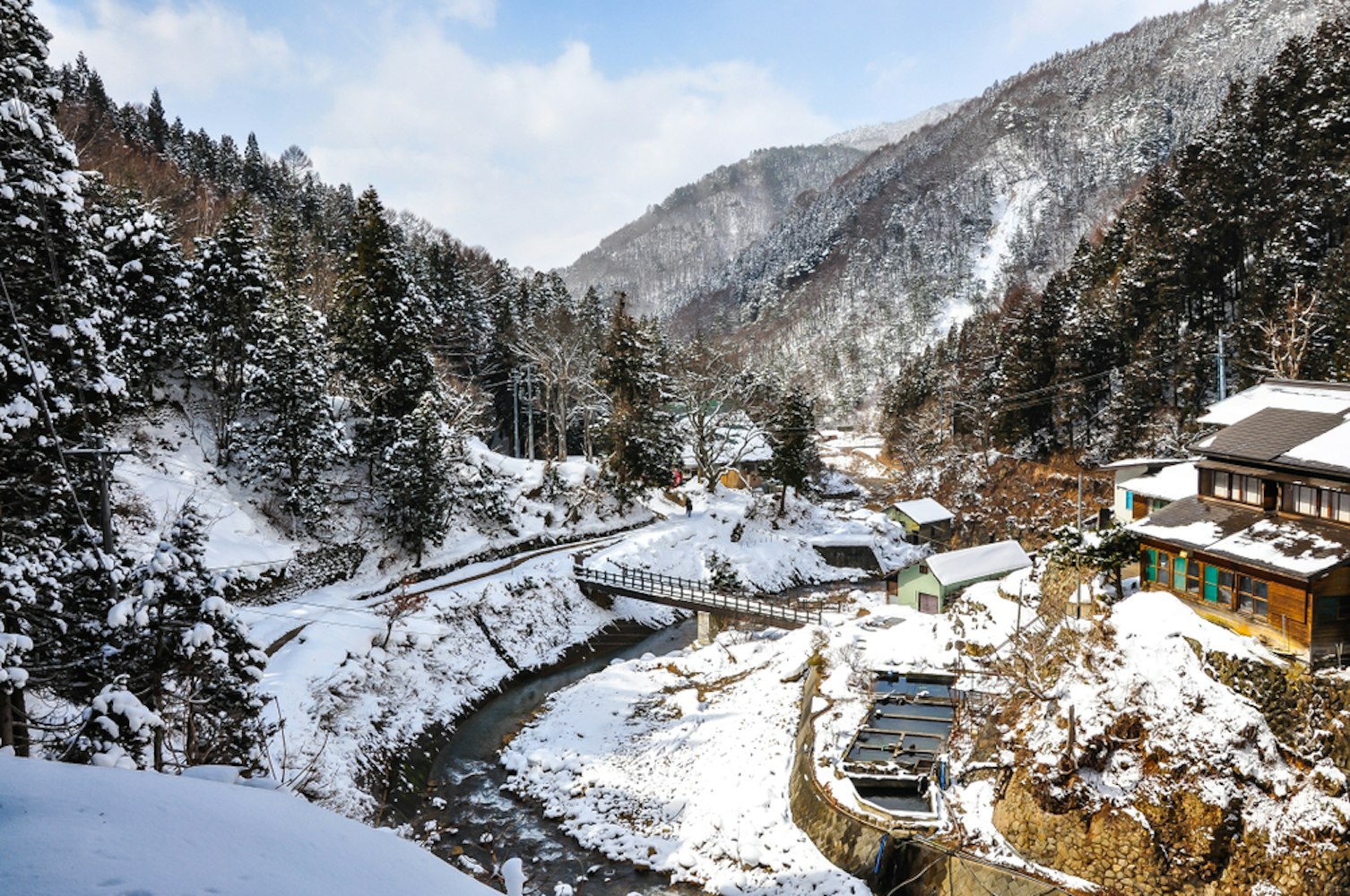
Visiting Jigokudani Snow Monkey Park is straightforward, with multiple options for transportation and accommodations nearby.
Take a train to Yudanaka Station, the gateway to the park.
From Yudanaka Station, use the free shuttle service to Kanbayashi Onsen, where a trail leads to the park.
Alternatively, local buses operate from Yudanaka Station to the park entrance.
The final stretch is a 1.6-kilometer walk through a forest trail that meanders along the Yokoyu River. In winter, the snow-covered path enhances the magical atmosphere, but sturdy footwear is essential.
Nearby towns like Shibu Onsen and Yudanaka offer traditional Japanese inns (ryokan) with tatami mat flooring, yukata robes, and modern comforts. Staying in these towns allows early access to the park and the chance to experience authentic Japanese hot spring bathing.
Although the snow monkeys are accustomed to humans, they retain their wild instincts and behaviors, making their interactions fascinating. Visitors can watch these intelligent creatures engage in playful antics, from chasing each other through the snow to splashing around in the hot springs.
Grooming rituals are daily, showcasing their strong social bonds and hierarchy within the group. Perhaps most captivating is their serene soaking sessions in the hot springs, where the monkeys appear almost meditative, a stark contrast to their lively energy outside the baths.
Winter: The most iconic time to visit, with frozen ground and monkeys soaking in steaming hot springs surrounded by snow.
Summer and Fall: Monkeys forage in the forest, showing their natural behaviors outside the baths.
Photography: Early morning light and snowfall provide the best conditions for capturing the famous bathing monkeys.
Dress Appropriately: Winter visits to the park demand warm clothing and sturdy, waterproof boots to navigate the icy trail safely. In contrast, lighter layers and comfortable walking shoes are all you need during the warmer seasons to enjoy the scenic hike to the park.
Respect the Monkeys: It is essential not to feed the snow monkeys, as they are wild animals and should not become reliant on humans for food. Additionally, maintain a safe distance and avoid direct eye contact, as the monkeys may perceive this as a threat, ensuring a respectful and harmonious interaction with these fascinating creatures.
Plan Ahead: Getting there early lets you beat the crowds and relish a quieter, more peaceful encounter with the snow monkeys in their natural surroundings. For added convenience, consider staying overnight in nearby Shibu Onsen or Yudanaka, where traditional inns provide easy access to the park and a chance to relax in authentic hot spring baths.
Nagano Prefecture offers much more than just snow monkeys. Combine your visit with other nearby attractions:
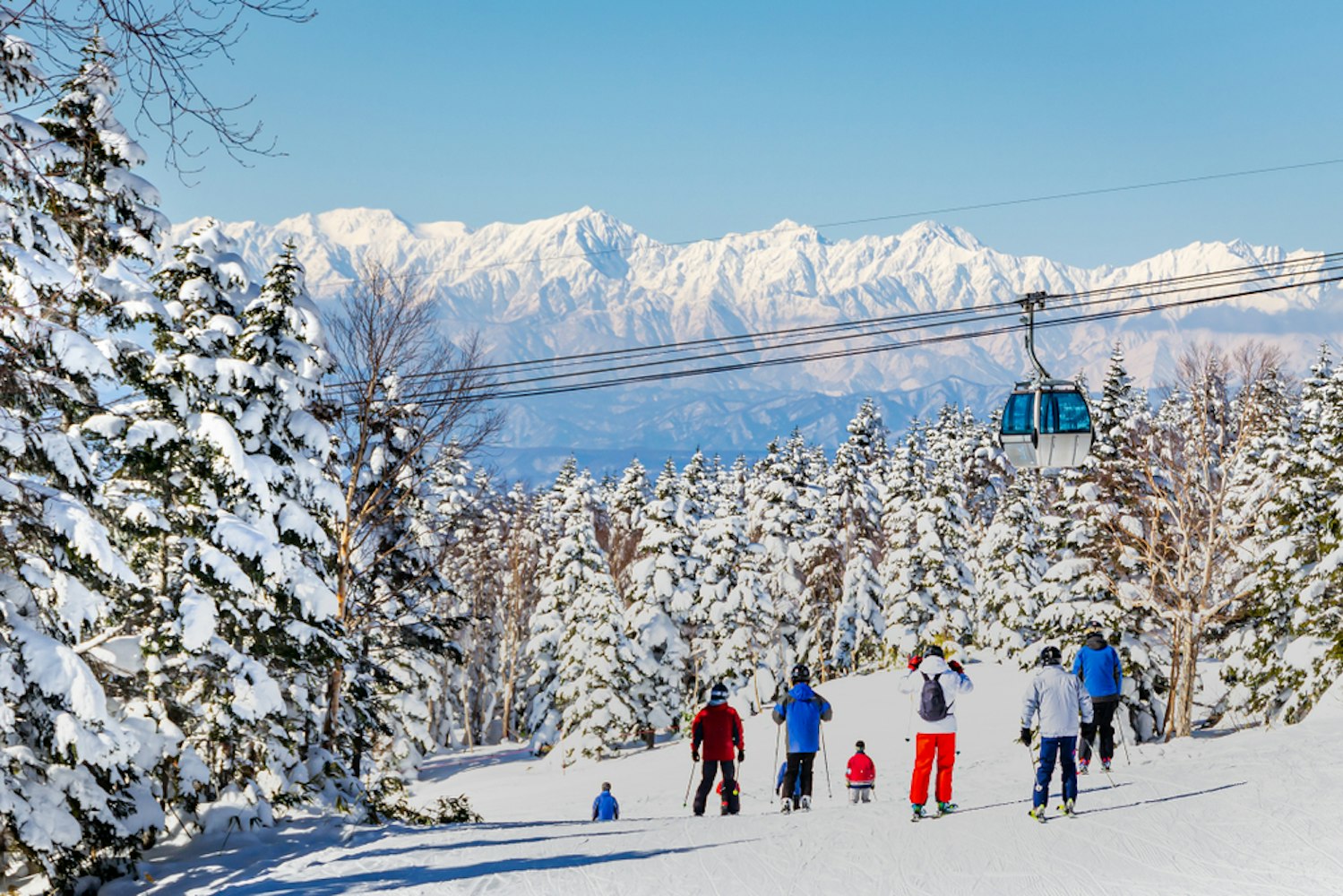
Shiga Kogen Ski Resort is a winter wonderland and a haven for skiing enthusiasts, just a short distance from Jigokudani Monkey Park. As one of Japan's largest ski areas, it boasts various slopes suitable for all skill levels, from beginner to advanced.
The resort's high altitude ensures excellent snow quality, making it a favorite destination for powder seekers. Beyond skiing, visitors can enjoy breathtaking views of the surrounding mountains, cozy lodges, and hot spring facilities to unwind after a day on the slopes.
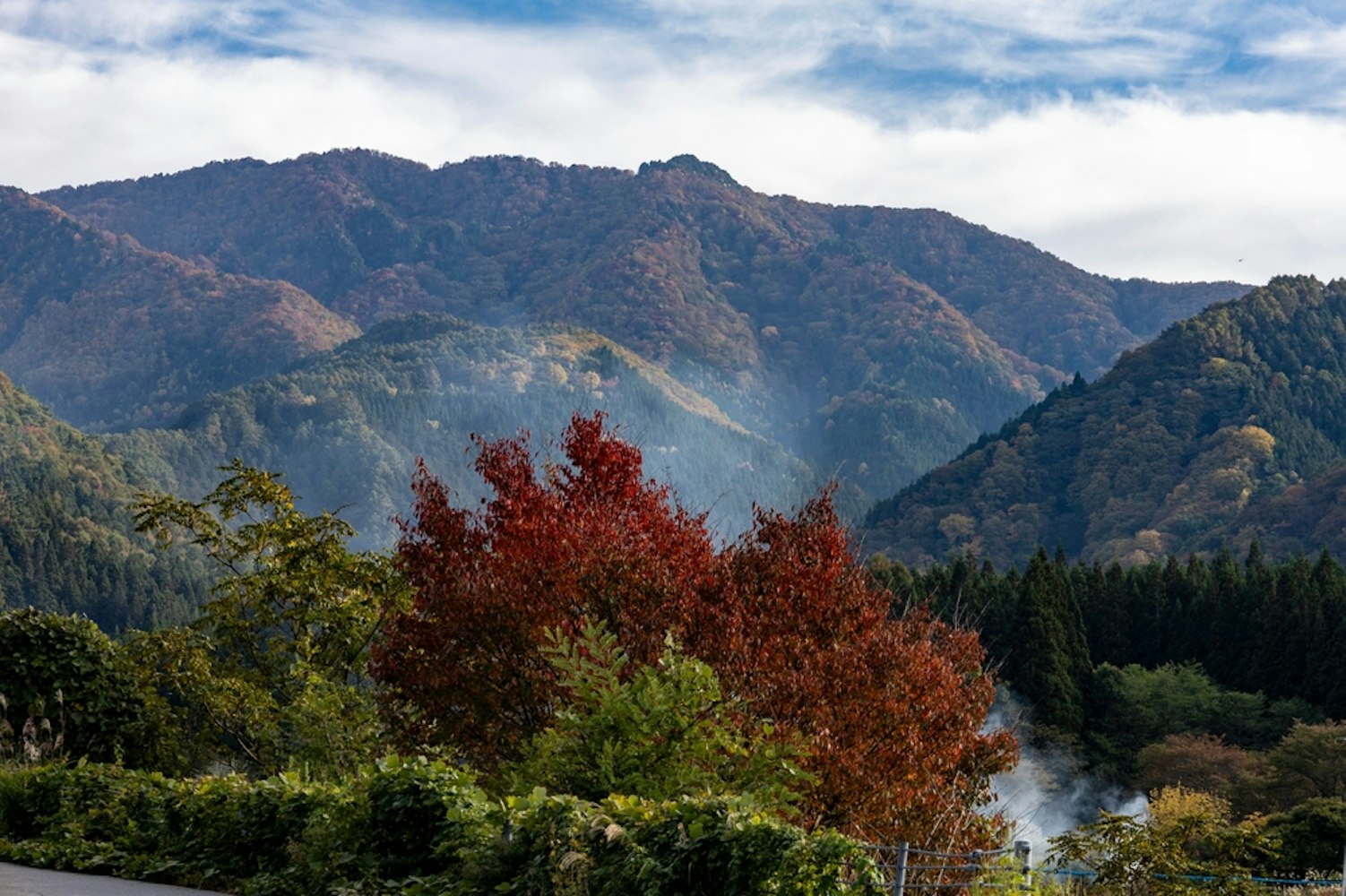
Shibu Onsen is a charming and historic hot spring town that offers a glimpse into traditional Japanese culture and hospitality. The city is lined with quaint ryokans and narrow cobblestone streets, creating a nostalgic atmosphere perfect for unwinding.
After watching snow monkeys, visitors can relax in the town's numerous onsen baths, some centuries old and infused with therapeutic minerals. Staying in Shibu Onsen also allows you to participate in the "onsen hopping" tradition, where you visit multiple bathhouses, each with its unique ambiance and healing properties.
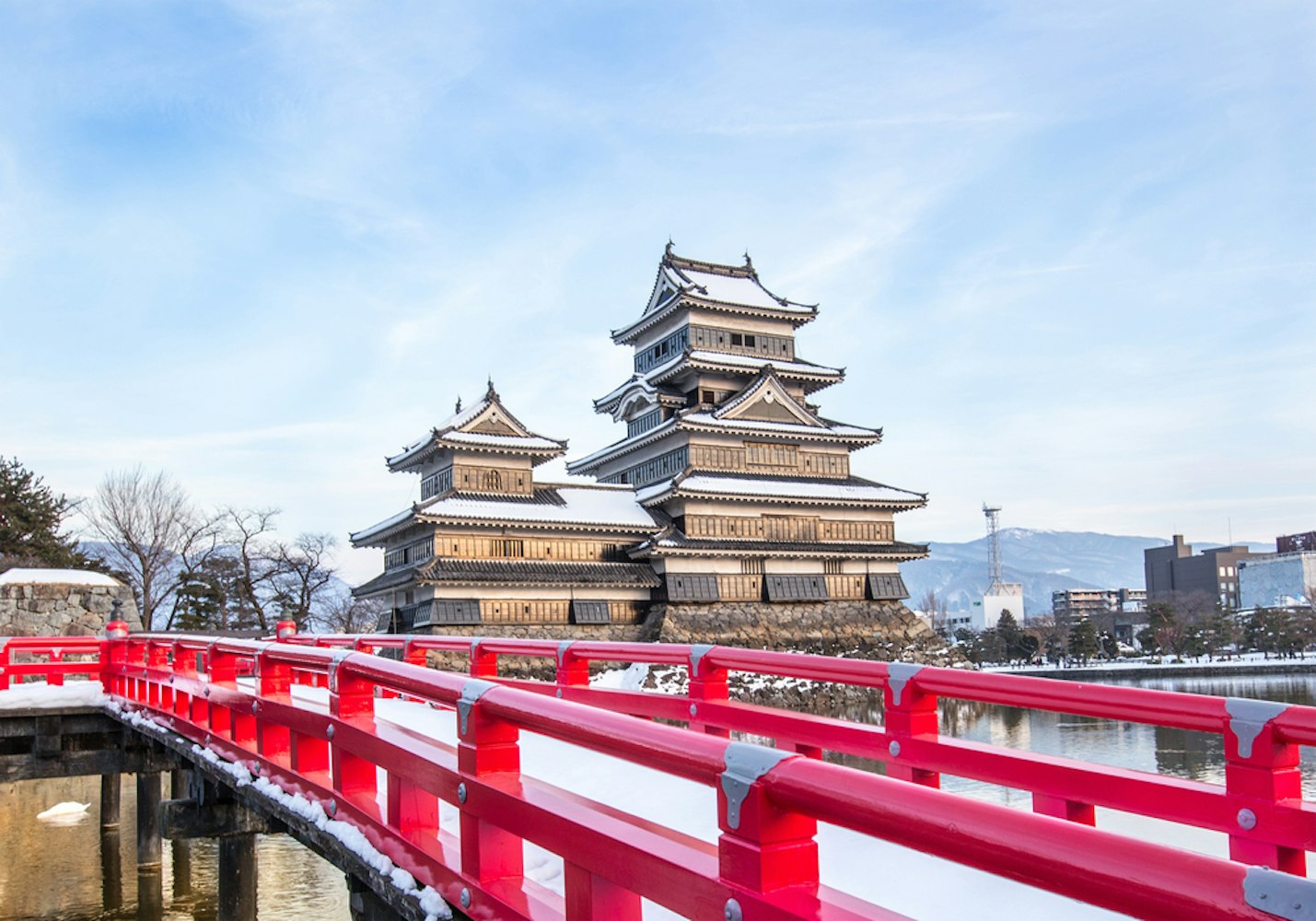
Nagano City is home to Zenko-ji Temple, one of Japan's most significant and historic Buddhist sites. Established in the 7th century, the temple is home to Japan's first-ever Buddhist statue, making it a cherished destination for spiritual seekers and history lovers.
The temple complex is known for its grand wooden architecture, peaceful gardens, and the mysterious underground passage where visitors can touch the "key to paradise." A visit to Zenko-ji is a journey through time, offering insights into Japan's rich religious heritage while providing a tranquil space for reflection.
Visiting Jigokudani Snow Monkey Park is more than just seeing Japanese macaques; it's an immersion into the beauty of Japan's natural landscapes, culture, and wildlife. Whether it's the enchanting sight of bathing monkeys or the serene walk along the Yokoyu River, the experience is unforgettable.
Plan your journey to see these famous snow monkeys in Japan, and you'll leave with memories as warm as the hot springs they cherish.
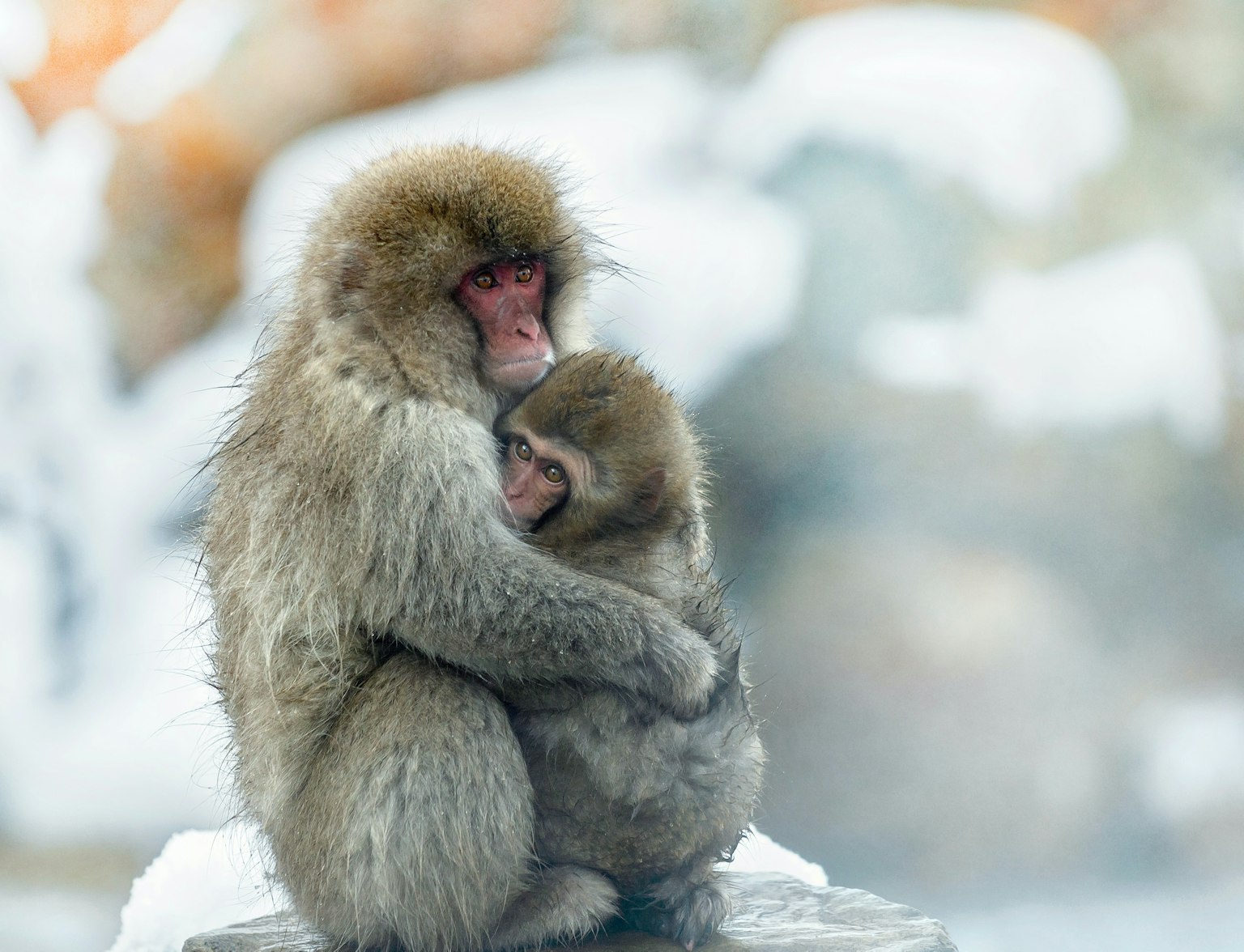
Hop on a bullet train for a day trip like no other.
